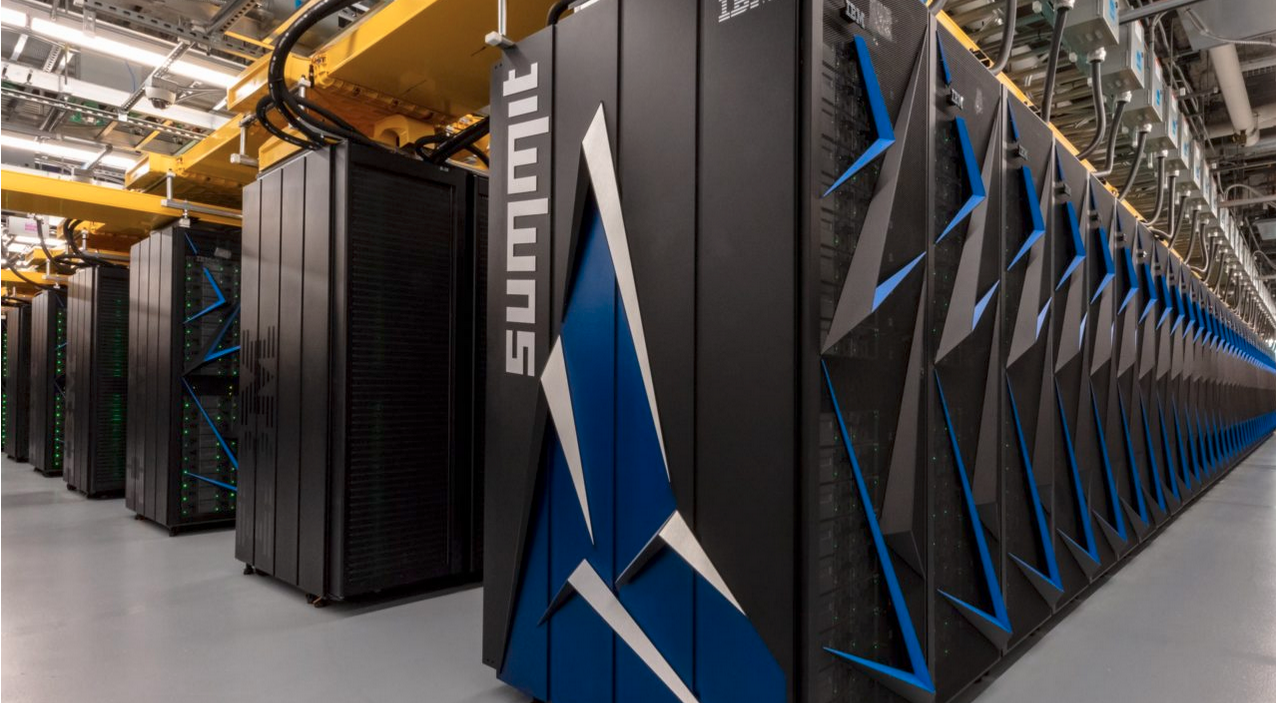
The Summit supercomputer hosted at the US Department of Energy’s Oak Ridge National Laboratory (ORNL) has been announced as the fastest supercomputer in the world, according to the TOP500 List.
The IBM Summit system reached a speed of 122.3 petaflops on the High-Performance Linpack benchmark test—the software used to evaluate and rank supercomputers on the TOP500 list. At its theoretical peak, Summit is capable of 200 petaflops (double precision), or 200 quadrillion calculations per second, about eight times more performance than its predecessor Titan.
This supercomputer will be a valuable computational tool for the scientific community that will accelerate the fusion research, as the ORNL Director Thomas Zacharia has mentioned “With Summit, researchers will be able to simulate and explore complex phenomena and obtain results in disciplines ranging from quantum materials and chemistry, advanced fission and fusion energy, to bioenergy and foundational biosciences, faster and in greater detail”. Hence Summit will open the door to model a fusion reactor and its magnetically confined plasma, hastening commercial development.
Summit consists of 4,608 computing nodes, each containing two 22-core IBM Power9 processors and six NVIDIA Tesla V100 graphics processing unit (GPU) accelerators. Note that 95% of total computing power comes exclusively from GPUs. The computing nodes are interconnected with a dual-rail Mellanox EDR InfiniBand network, which provides overall 200 gigabits per second throughput. Other key numbers of this machine are really impressive: a weight over 340 tons (a large commercial aircraft), near 300 km of fiber optic cables, 10 petabytes of memory, 250 petabytes of disk storage and a size of 520 m² (two tennis courts).

Summit is a substantial step toward the goal of delivering an exascale supercomputer, a system capable of a billion billion double precision floating point operations per second, using a hybrid CPU–GPU architecture.
The IBM system is planned to be made available to the research community through DOE’s user programs beginning with allocations made under the Innovative and Novel Computational Impact on Theory and Experiment (INCITE) user program that will start in January 2019.
Source: ORNL
